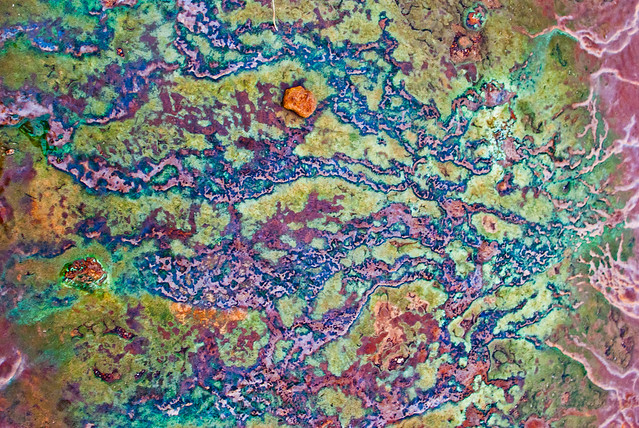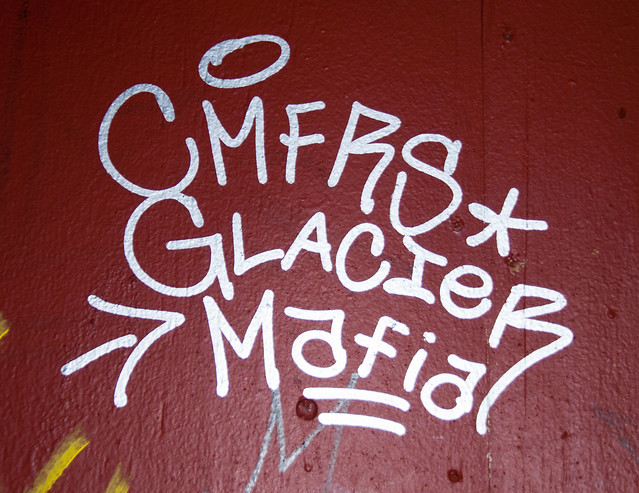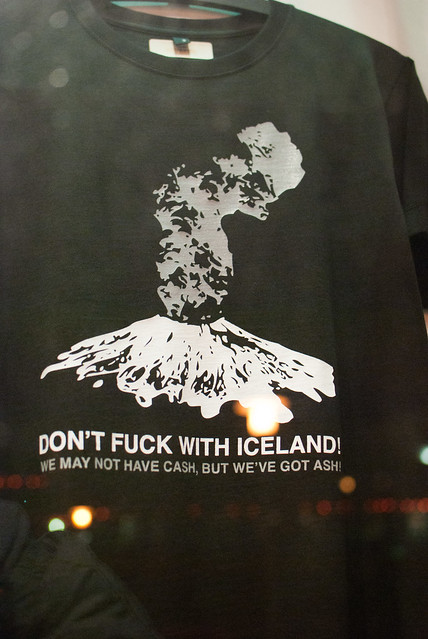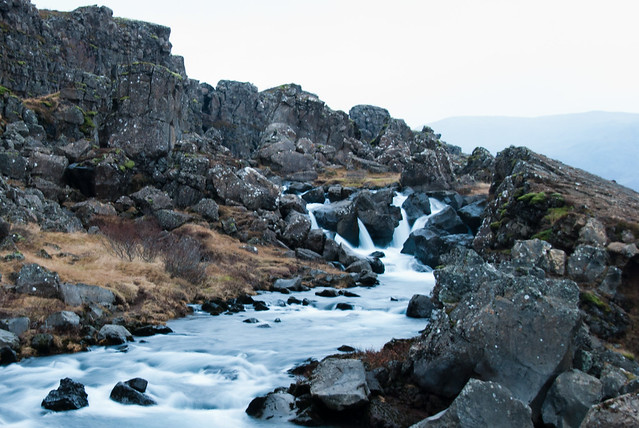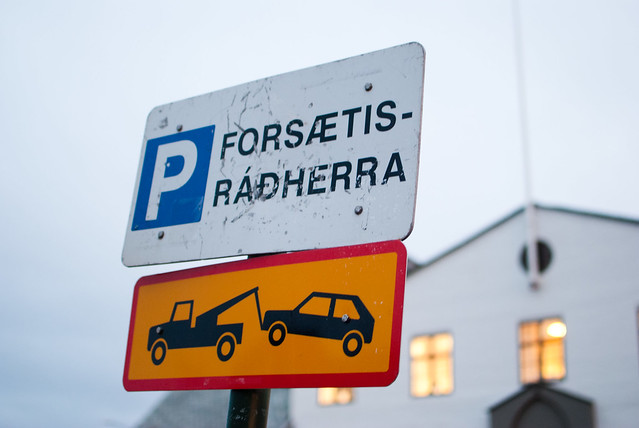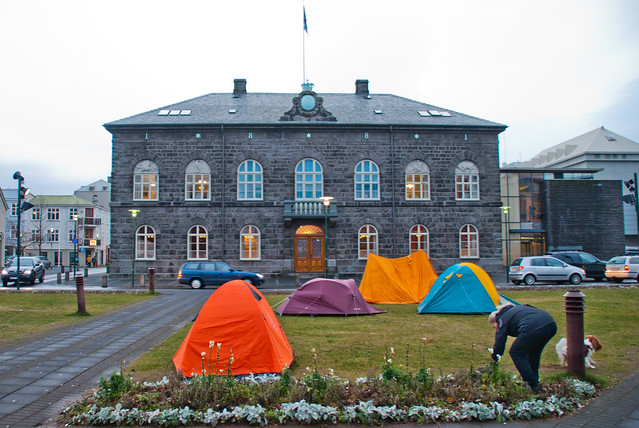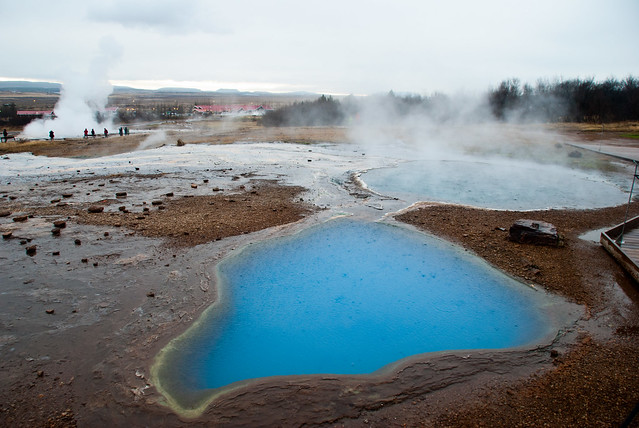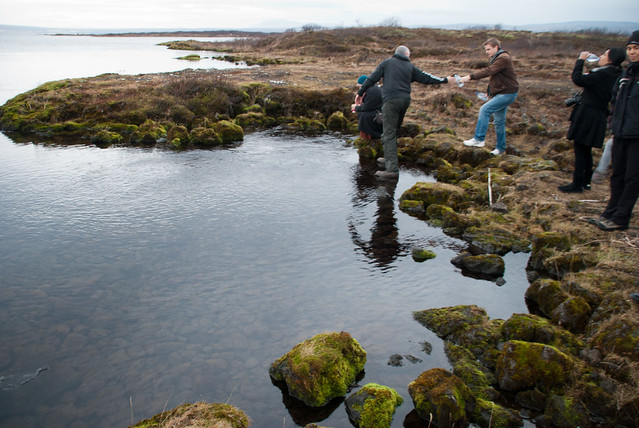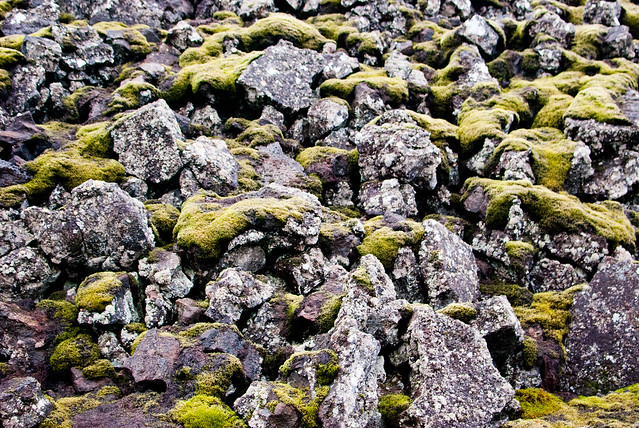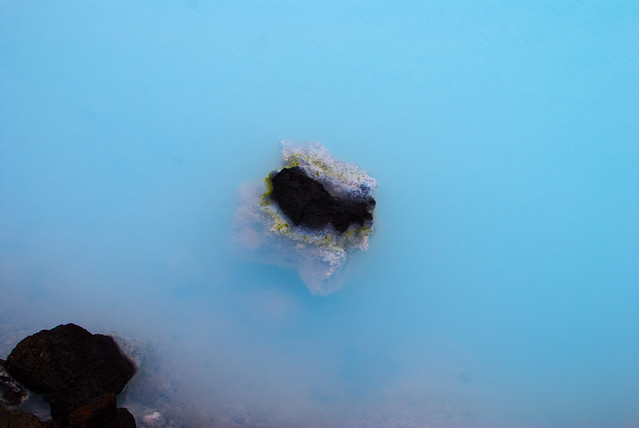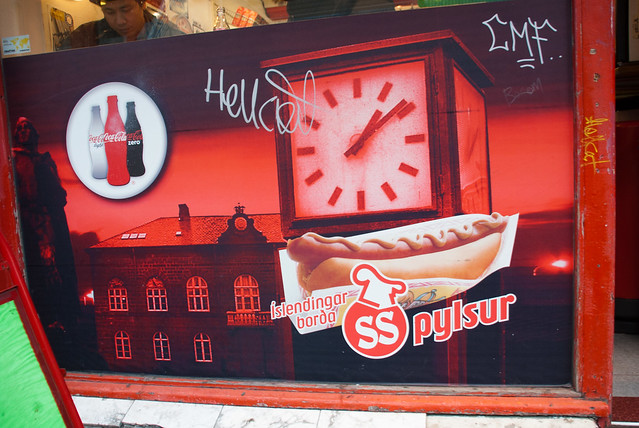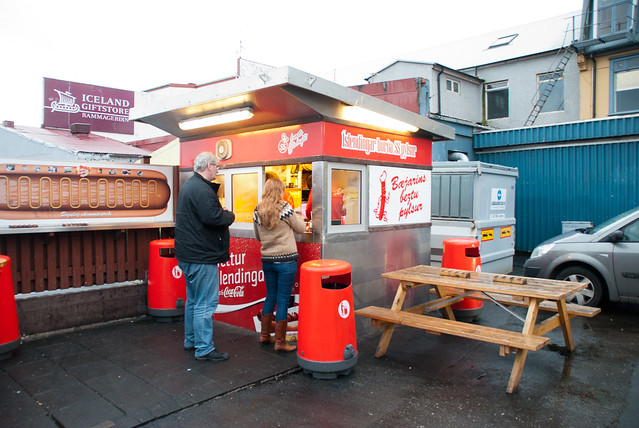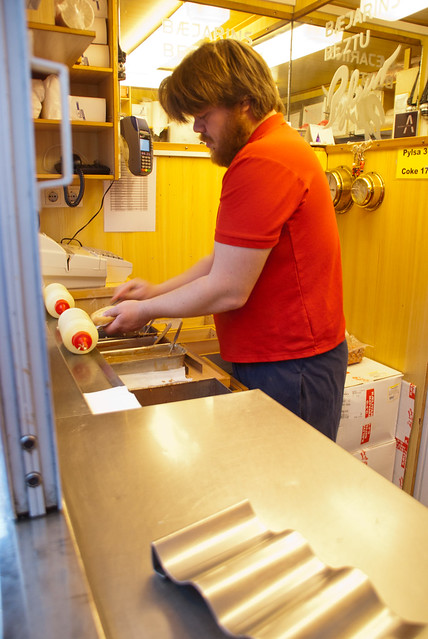Iceland is a land of contrasts.
It’s called the “Land of Fire and Ice” for its glaciers and volcanones. It’s called “Iceland”, yet the Gulf Stream keeps the climate mild. It has the oldest legislature in the western hemishpere, and is home to some of the newest blocks of land thanks to constant geologic activity.
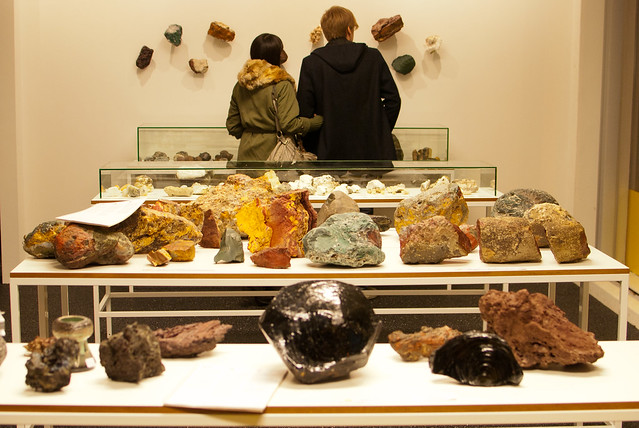
On a date at Volcano House (Tryggvagata 11, 101 Reykjavik) with rock exhibits and documentary showings on Iceland’s latest eruptions.
It is small, with a population of only 320,000—equivalent to Aurora, Colorado. It looms large, especially when its volcanoes ground planes in dozens of countries, and its bank collapses cause panic across oceans.
The Althing was formed in 930 at Þingvellir, or “Parliament Plains”, which I visited. As tour guides at the Virginia General Assembly will tell you, the Althing was suspended in the first half of the 19th century, leaving the General Assembly the oldest continuously serving legislature in the Western Hemisphere.
These two bodies have since taken radically different swings—the Althing elected the first lesbian world leader (Jóhanna Sigurðardóttir) in 2009, and the Virginia General Assembly is now controlled by raving, foaming at the mouth conservative crusaders who would be apopleptic at homosexuals running the show, getting in the way of personhood bills and uranium mining.
I went on vacation to escape electoral nonsense back home, so I’ll stop there. I haven’t checked any blogs since departure.
Iceland is a small country home to friendlier politics. There is no standing military, and the prime minister just parks on the street in front of his office—one of the busiest streets in the city!
Regardless, the Althing was in full swing when the British who would later form the House of Burgesses in 17th century Jamestown were still stabbing each other to unite England. The modern Althing building is across the street from the six-tent Occupy Rejkyavik protest. I’d tell you a story from there, but nobody was around.
Þingvellir National Park, home of the site where the Althing met for its first 6 centuries, is down the road from the site of the original Geysir, from which we derive “geyser”. Thanks to the magma covered by a veneer of volcanically active crust, nearly everything in Iceland is powered by geothermal activity.
The use of natural steam, instead of coal or oil, contributes to the crisp air and crystal clear water that Iceland is proud of. The water is so pure that it comes to taps unfiltered, and into the thermally-heated outdoor pools where chlorine isn’t added.
All year round, even in the dead of winter, Icelanders flock to naturally heated thermal pools, and the “hot pots” beside them (better known as “hot tubs” in the United States, not to be confused with the Chinese “hot pot” but the concept isn’t too much different.) The most famous of these pools is the Blue Lagoon, on the Reykjanes Peninsula near Keflavik International Airport. Buses will take you straight there after your arrival in Iceland to relax away the stress of flying. On the Reykjanes Peninsula, you can see for miles across flat volcanic rock covered with thick moss, without a single tree blocking your sight.
Then you round the corner into the Blue Lagoon, and streams of electric blue, mineral-rich water break up the moonscape of jet-black basalt and moss, lending an even more otherworldy touch. The Blue Lagoon is the most famous naturally warm swimming hole. I don’t have any photos of the pool itself (you think I was going to haul a camera through the locker room and into the water?). Steam rises from the water, blowing in your face before you step in, but it’s only there because the air is so cold. It shrouds your view, turning the other people in the lagoon into blurs, and it seems that you are alone soaking in an alien lake, with only staff sticking out through the steam in flourescent-yellow jackets circling around to check on things. Marketing copy says the Blue Lagoon has natural healing properties. Regardless, it’s a relaxing way to forget about the troubles back home.
Next to the City Hostel where I am staying is Laugardalslaug (30 Sundlaugarveg, 104 Reykjavík), the largest public thermal pool in Reykjavik. It’s cheaper, and there’s just plain water inside. No photos here either, since it’s actually banned. Icelanders of all stripes are seen soaking in the outdoor pool and rocketing down the waterslide. Just outside the door is a stand selling one of Iceland’s most popular traditional foods – pylsur.
But it’s not the same hot dog you find at ballparks or the boiled sticks of mystery meat sold by dodgy carts on any American street. Freshly grilled hot dogs are everywhere, from street corners, to convenience stores, and in the hands of hungry residents tromping down sidewalks.
Pictured above is Bæjarins Beztu Pylsur ( Pósthússtræti Tryggvagata Reykjavík, 101) near the old harbor in Reykjavik. It’s the most famous and oldest hot dog stand in Europe, and in 1998 it was placed on the map when President Bill Clinton stopped by for a visit. His face appears in a photo of the moment and a political cartoon from the next morning’s paper behind the cashier.
In just six seconds, they will serve you a hot dog with all the fixings. The hot dog itself is nothing special, but what makes it different is that Iceland learned to put all the usual toppings plus raw onions, fried onions, and remolaði, a tangy local concoction. Both the crunch of the onions and the spice of the mustard blend together. I even had one with bacon on it in front of the pool. Bacon!
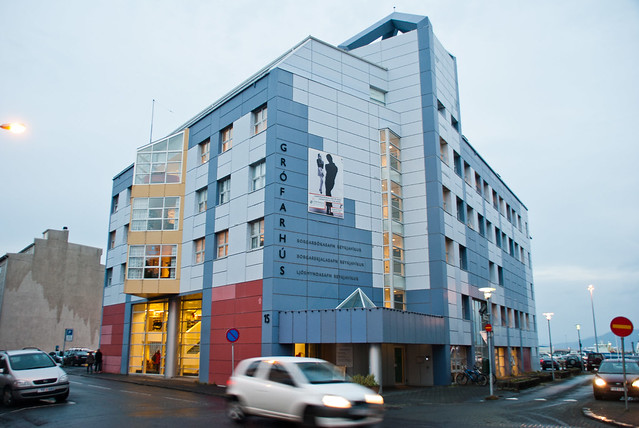
Reykjavik Library, Archives, and Museum of Photography
I fly out tomorrow morning from Keflavik Airport to Frankfurt, and then will take an overnight train to Vienna, where I’ll likely do another post.


